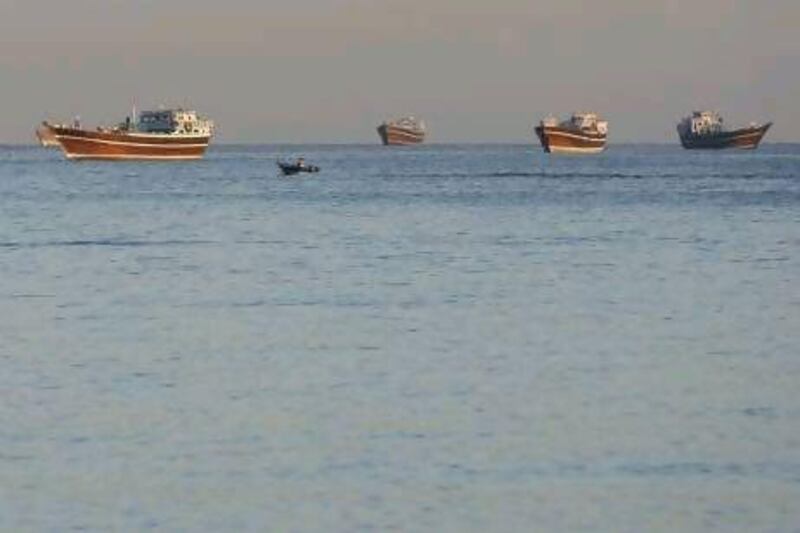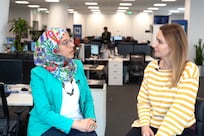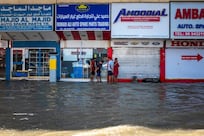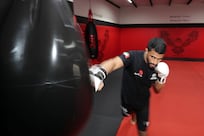DUBAI // Merchant seamen are being taught to identify dhows or fishing boats that have been taken over by Somali pirates, as the raiders adopt a new strategy.
Pirates have been hijacking these smaller vessels for reconnaissance, so they can approach ships without arousing suspicion.
The Nato Shipping Centre has issued a series of presentation slides as a guide to help sailors recognise the hijacked vessels and report them to naval forces operating in the area.
Simon Cartwright, a partner in the Dubai office of law firm Holman Fenwick Willan, which handles piracy cases, said such updated information was crucial as pirates were constantly adapting.
"What we see every time is pirates trying to adapt and change their tactics to meet the challenges they face due to increased use of armed guards and the presence of naval forces," Mr Cartwright said.
"The guide will help ships operating in the region to identify who is and who is not likely to be a pirate, and make it easier for the crew and the armed guards to identify whether they are at risk."
The guides are full of pictures showing the types of dhows, their size and the routes they usually follow.
It identifies Indian and Pakistani dhows as having wide, rounded hulls; Yemeni dhows as having square hulls; and UAE dhows as smaller, usually not for ocean travel and more ornate with elongated hulls.
These dhows are taken over by pirate groups to track merchant vessels and see what kinds of security they have on board, the Nato Centre says.
The advisory asks sailors to report to naval forces the name, position and course of any suspicious vessel, the number of sailors onboard and details of guns, if seen.
Piracy attacks fell to 69 in the first half of this year from 163 over the same period last year, the International Maritime Bureau's recent report says. But the guide calls for vigilance because raids may increase with the end of the monsoon season.
Cmdr Jason Salata, the spokesman for the US navy's Fifth Fleet in Bahrain, said the guide provided crucial pointers.
"It's kind of like a Neighbourhood Watch," Cmdr Salata said. "The more aware merchant vessels are about pirate activity, about what pirate staging looks like, the better they can report it. It's about thwarting a pirate attack.
"We have seen pirates use large dhows as a mother ship and they tow the small skiffs hundreds of miles off the coast for use in piracy.
"The Nato guide can help better inform merchant vessels and once they report to Nato or EU Navfor, the threat can be checked out."
The Nato advisory also warns that innocent traditional fishing is just as common as piracy in high-risk areas such as the Gulf of Aden, the southern Red Sea and the Gulf of Oman to the Arabian Sea.
In a tragic incident in July, an Indian fisherman was killed and three others injured when a US navy vessel fired at their fishing boat off Jebel Ali.
The US navy said it opened fire when the fishing boat disregarded warnings and rapidly approached the American vessel.
Steven Jones, the maritime director of the Security Association for the Maritime Industry, the industry's regulatory body, said more knowledge could prevent fishing boats from being mistaken for piracy vessels.
But Mr Jones said fishermen must be aware not to get too close to armed vessels.
"We have received many anecdotal reports that fishing vessels often proceed towards merchant ships if they are trying to protect their nets," he said.
"While this is perhaps understandable, it is likely to cause alarm onboard the ship."







